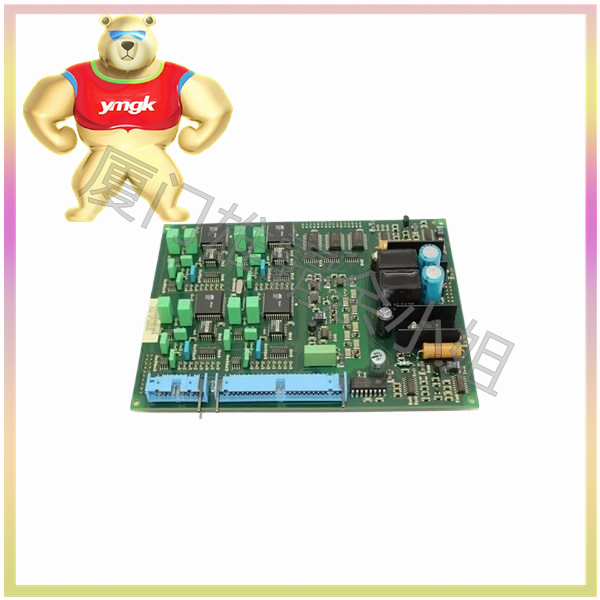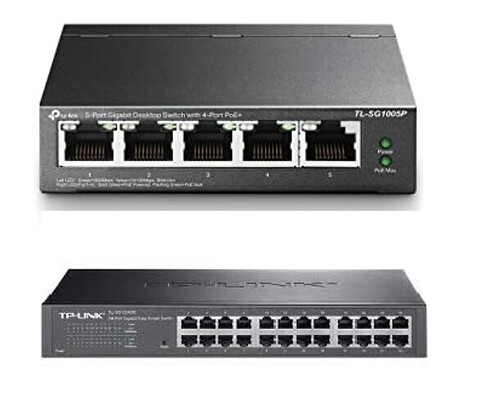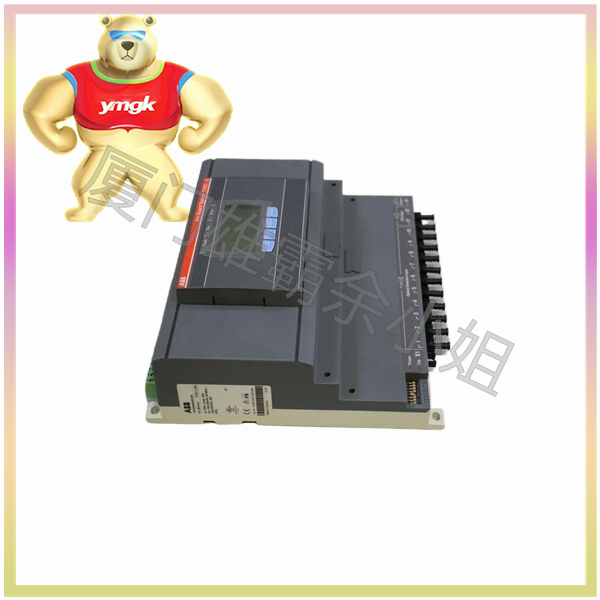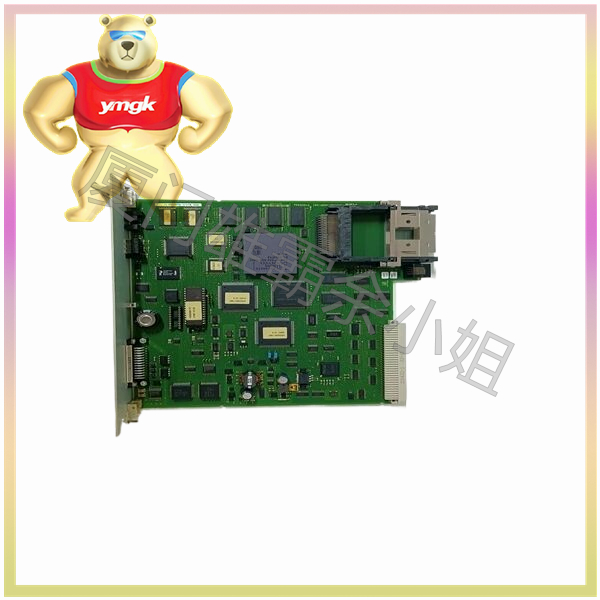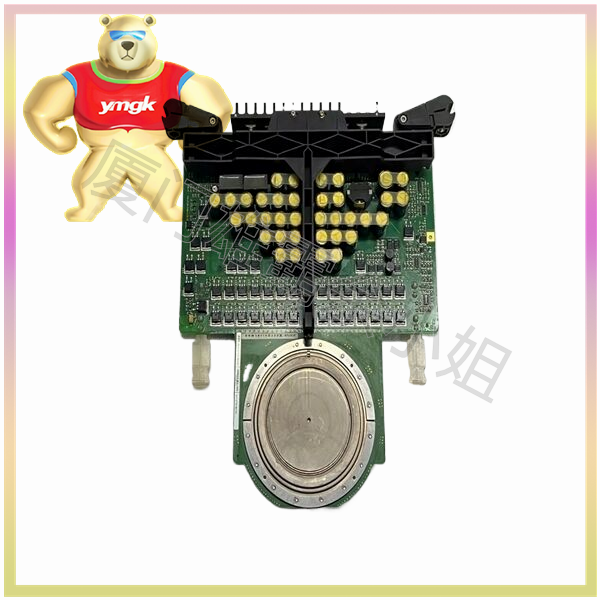A distributed control system (DCS) is a type of digital automated industrial control system (ICS) that uses control loops that are geographically scattered throughout a factory, machine, or control region.
General Electric SE is a multinational corporation based in America that specialises in digital automation and energy management. It was founded in 1892. GE is most known for its contributions to the power, renewable energy, aviation, and healthcare sectors.
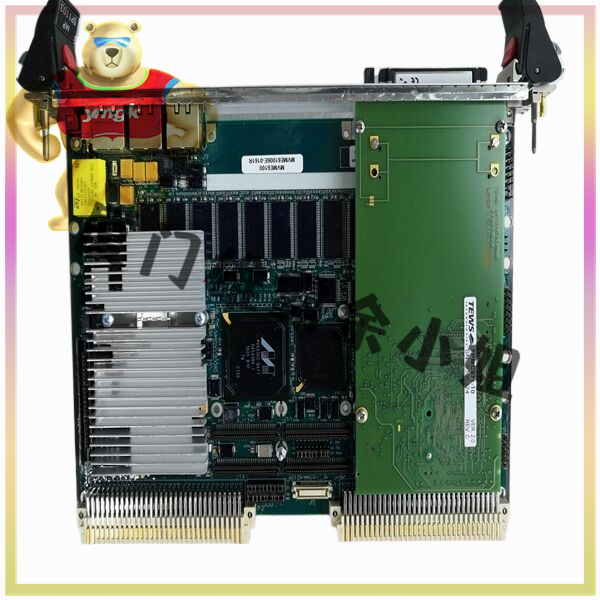
General Electric DCS
Mark VIe Distributed Control System
Mark VIe Distributed Control Systems are backplane-free and Ethernet-based, resulting in increased system availability and simplified operations and maintenance across the entire lifecycle. Ethernet connectivity is critical to the foundation of an Industrial Internet.
The Mark VIe system replaces rack-based control with flexible, high-speed, low-cost communications at the lowest level of control system design.
I/O can be distributed or centralised, and primary and secondary control can coexist on the same network while remaining functionally independent. Furthermore, the primary control may listen to safety inputs without being interfered with, lowering the cost of duplicating field instruments.
System Overview of Mark Vie
The system’s heart is a single-board controller. The controller contains the primary CPU as well as redundant Ethernet drivers for communicating with networked I/O, as well as additional Ethernet drivers for the control network. For the main processor and I/O modules, a real-time, multi-tasking operating system is employed. Control software is delivered in non-volatile memory and written in a flexible control block language. It is analogous to the IEEE® 854 32-bit floating-point format, and Sequential Function Charts (SFC) for sophisticated sequencing are also available.
The I/O network (IONet) is a point-to-point, full-duplex protocol. It provides a deterministic, high-speed 100 MB communications network for local or dispersed I/O devices, as well as communication between the main controller(s) and networked I/O modules. Online controllers read input data constantly from the IONet, which comes in single, dual, and triple redundant configurations. Copper and fiber connections are both supported.

